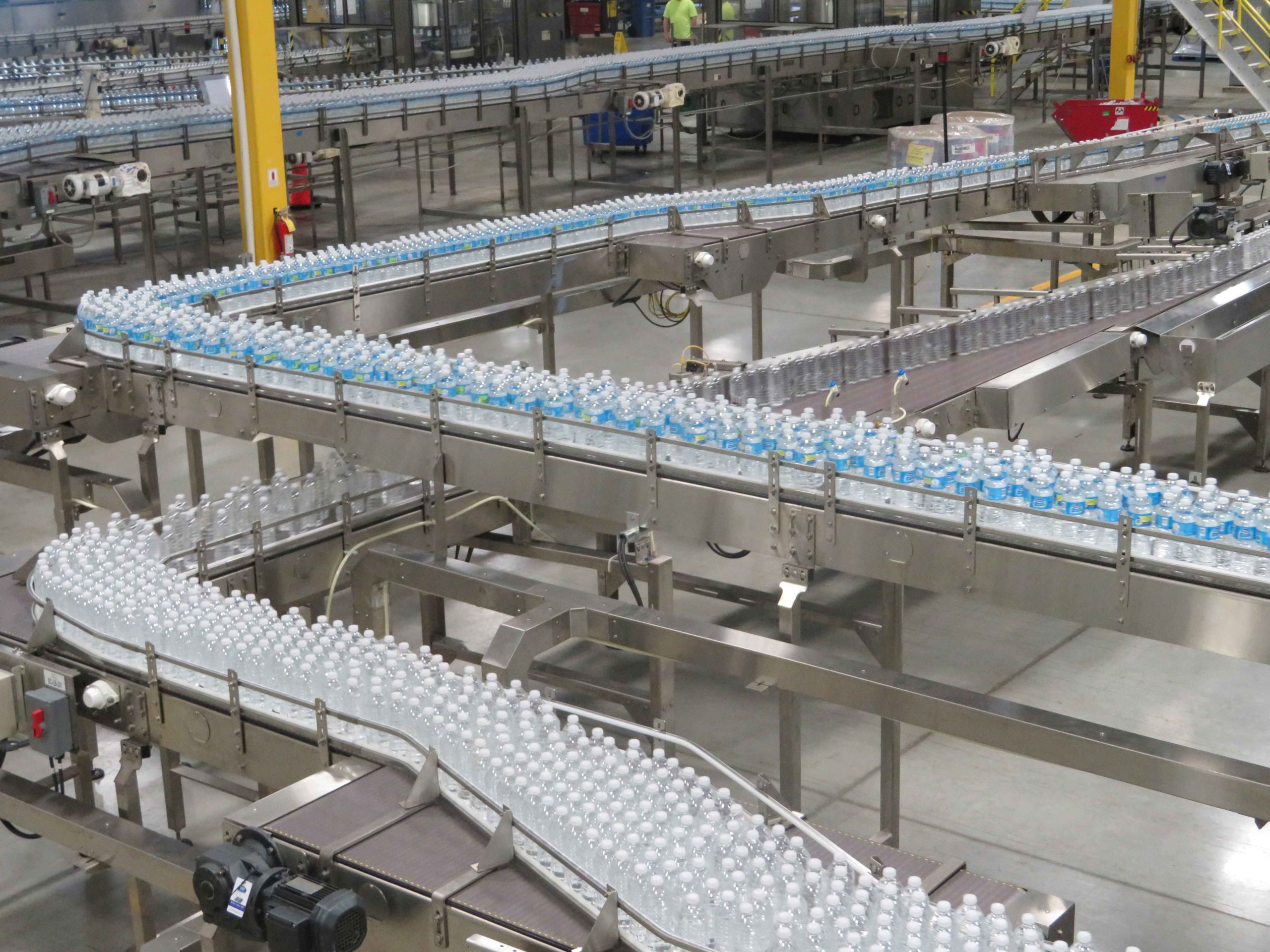Articles
Conveyor System Maintenance: What to Expect After Installation
Maintaining your conveyor system is critical in ensuring a smooth production flow and preventing unwanted downtime and lost revenue.
What to Expect in the First Two Years
To minimize downtime, it’s crucial to prioritize preventative maintenance during the first two years. Our conveyors come with a Maintenance Manual that specifies the necessary daily, weekly, and monthly maintenance tasks to ensure optimal performance.
“We notice from time to time that recommended maintenance schedules are not being followed. Occasionally customers will have a generic schedule that exists within their system causing a discrepancy in checklist items which leads to inconsistencies in required specific maintenance tasks.” – Adam Pap, Start-Up & Commissioning Manager.
The majority of the maintenance tasks are weekly and monthly, so it’s a good idea to plan for those tasks so they do not get left to the last minute.
It is crucial to adhere to the maintenance schedule, even with a new conveyor system, to avoid any potential damage or repairs. While your company may already have a maintenance schedule in place, our maintenance schedules are tailored specifically for Descon conveyors to ensure their smooth operation and minimize any downtime.

Wear and tear: what to look for
When performing maintenance on your conveyor system, it is important to inspect both visible and non-visible areas that receive regular wear.
Common areas that our Start-Up & Commissioning Manager recommends checking:
- Wear and tear on the belt
- Missing or worn-out rollers
- Worn-out drive sprockets
- Missing or damaged wear strips
The maintenance schedule provides a full and detailed description of the areas to watch for on a daily, weekly, and monthly basis.
Example Tasks from the Maintenance Schedule:
- Daily: Check conveyor for product buildup – clean as required.
- Daily: Check oilers at side‐flexing curves for brush wear, drip rate, adequate lubrication, and proper fluid level.
- Weekly: Check drive motors for noise, vibration, and overheating ‐ check end belt and clean fan/fins as required.
- Weekly: Check all transfer rollers, dead plates, nose bar UHMW, and bearings.
- Monthly: Check drive and idler shaft bearings for noise, vibration, and overheating.
- Monthly: Check proximity switches and cables for damage, secure mounting, and proper alignment.
- Monthly: Remove all chain guards, and check the chain tension sprocket for wear.
Spare Parts
All of our customers are provided with a critical spare parts list with every system which will contain the required information for common wear and tear items. For any part orders, you can easily submit a request and our procurement team will ship it directly to you.
Troubleshooting Problems
Although preventative maintenance is crucial in avoiding extensive repairs and expensive downtime, unforeseen equipment failures can still occur. In such cases, Descon’s team is readily available to troubleshoot any problems and restore your line to its optimal performance.
“We’re always available to provide technical support seven days a week, 365 days a year. Downtime is costly, so every hour counts. We understand how critical it is to ensure our customers have the support they need to help them run.” – Adam Pap, Start-Up & Commissioning Manager.
At Descon, we understand the importance of smooth production and minimal downtime. That’s why we offer quick diagnoses for any issues you may be experiencing with your conveyor system. Our team is available by phone, email, or we can even travel to your worksite if we cannot diagnose the problem remotely. Our goal is to get your system back up and running as fast as possible.
For information about Descon’s innovation and conveyor system upgrades, contact us today.

Adam Pap
Descon, Start-Up & Commissioning Manager
